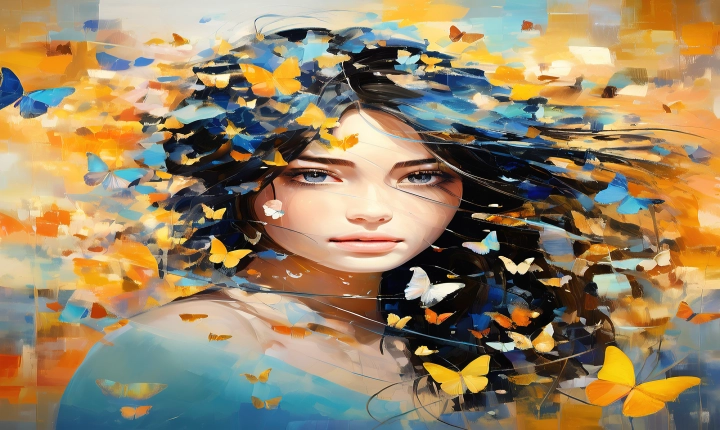Title: Creating Stunning AI Generated Images: A Step-by-Step Guide
Artificial intelligence (AI) has revolutionized the field of image generation, allowing for the creation of stunning and realistic visuals that were previously only possible through traditional methods. With the advancements in AI technology, individuals and businesses can now produce high-quality images for a wide range of purposes, including advertising, branding, and digital content creation. In this article, we will explore the step-by-step process of generating AI images and provide tips for achieving the best results.
Step 1: Choose the Right AI Image Generation Tool
The first step in creating AI generated images is to select a suitable AI image generation tool. There are various platforms and software available, each with its own unique capabilities and features. Some popular options include DeepArt, RunwayML, and Artbreeder, which utilize neural networks and machine learning algorithms to generate images based on user input and preferences. Researching and experimenting with different tools can help you find the one that best fits your specific image generation needs.
Step 2: Define Your Vision and Input Parameters
Before delving into the image generation process, it is essential to have a clear vision of the desired outcome. Consider the style, colors, and composition of the image you want to create. Many AI image generation tools provide options for input parameters such as color palettes, image styles, and specific features. By defining these parameters, you can guide the AI in producing images that align with your creative vision.
Step 3: Experiment with Image Generation Algorithms
AI image generation tools often utilize a variety of algorithms to produce images, such as generative adversarial networks (GANs) and convolutional neural networks (CNNs). Experimenting with different algorithms can help you understand their strengths and limitations, allowing you to choose the most suitable approach for your image generation goals. Additionally, some tools offer the ability to train custom models, giving you greater control over the image generation process.
Step 4: Refine and Customize the Generated Images
Once the AI has produced initial images based on your input parameters and preferences, it is important to refine and customize them to achieve the desired results. Most AI image generation tools provide options for fine-tuning aspects such as lighting, texture, and overall composition. Take the time to adjust these elements to create images that meet your specific aesthetic and functional requirements.
Step 5: Review and Iterate for Optimal Results
After customizing the generated images, it is crucial to review them and iterate as needed to achieve the best possible outcomes. This may involve making further adjustments to specific details, experimenting with different input parameters, or generating multiple versions of the image to compare and choose the most suitable one. By iterating and refining the images, you can ensure that they align closely with your creative vision and purpose.
In conclusion, AI image generation offers a powerful and accessible means of creating stunning visuals for a variety of applications. By following the step-by-step guide outlined in this article, individuals and businesses can harness the potential of AI technology to produce high-quality images that captivate and engage audiences. Through careful planning, experimentation, and refinement, AI generated images can be a valuable asset in the creative and visual communication landscape.
